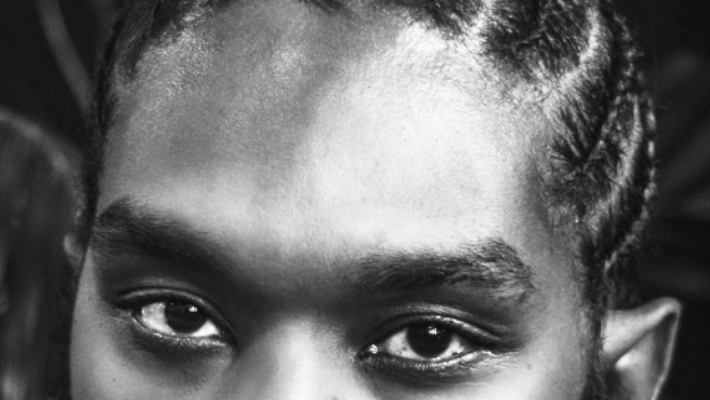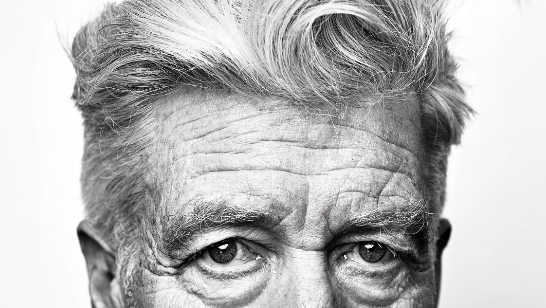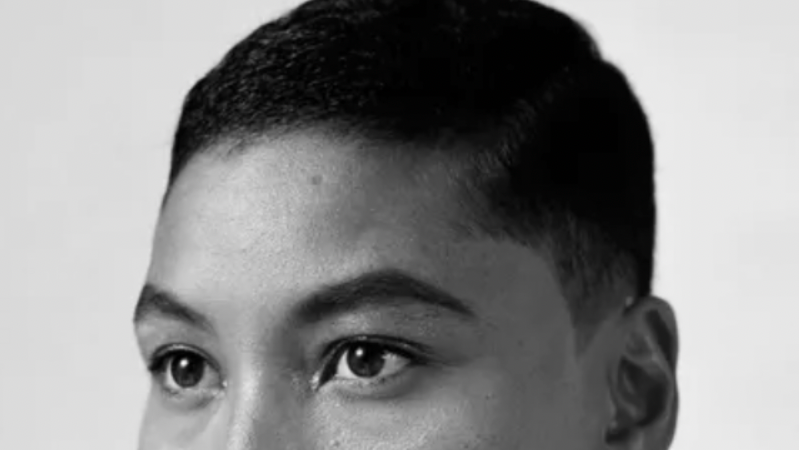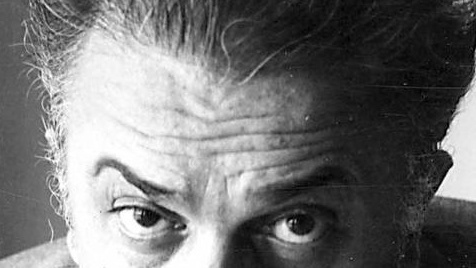“Mystery is the essential element of every work of art”
- Luis Buñuel
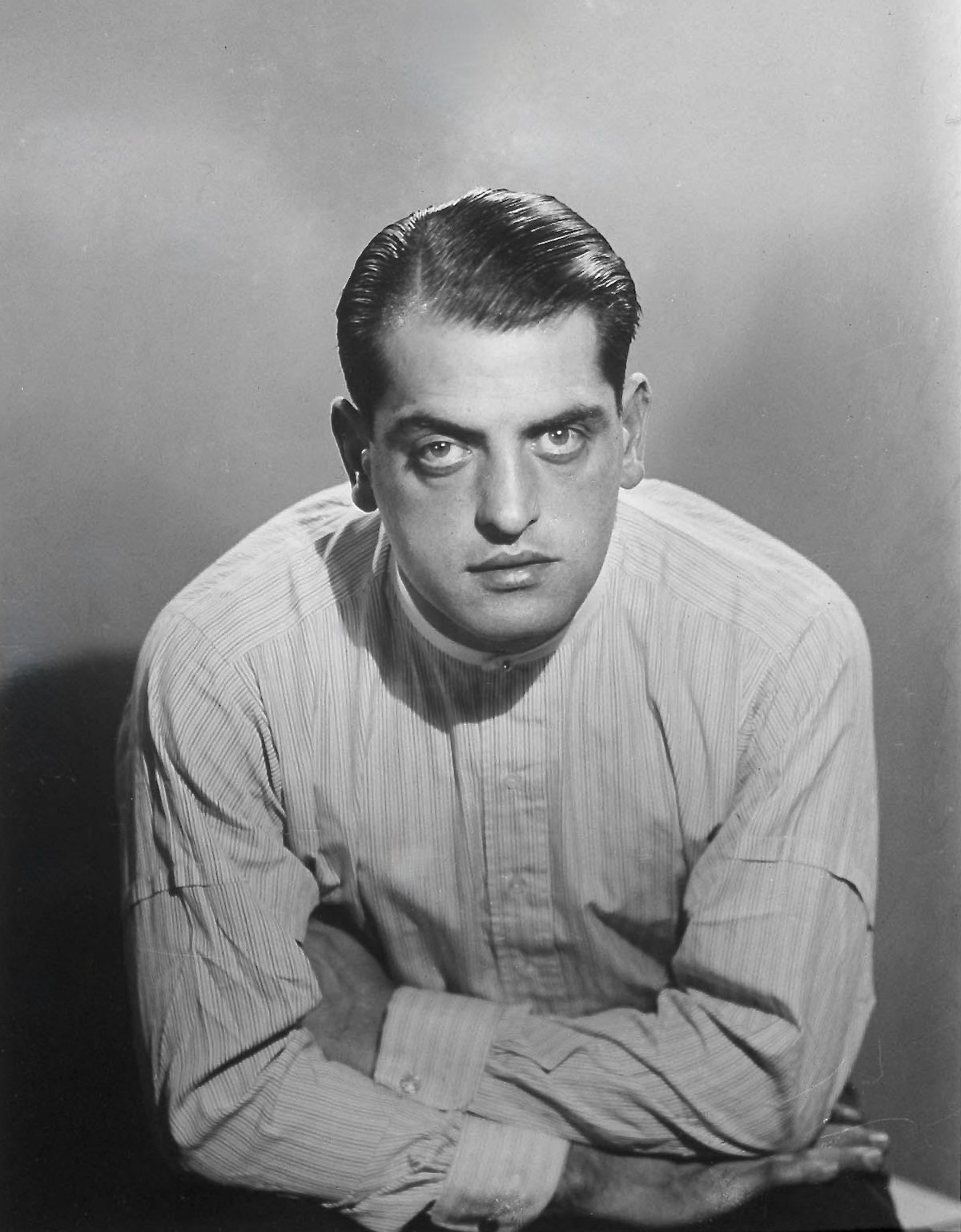
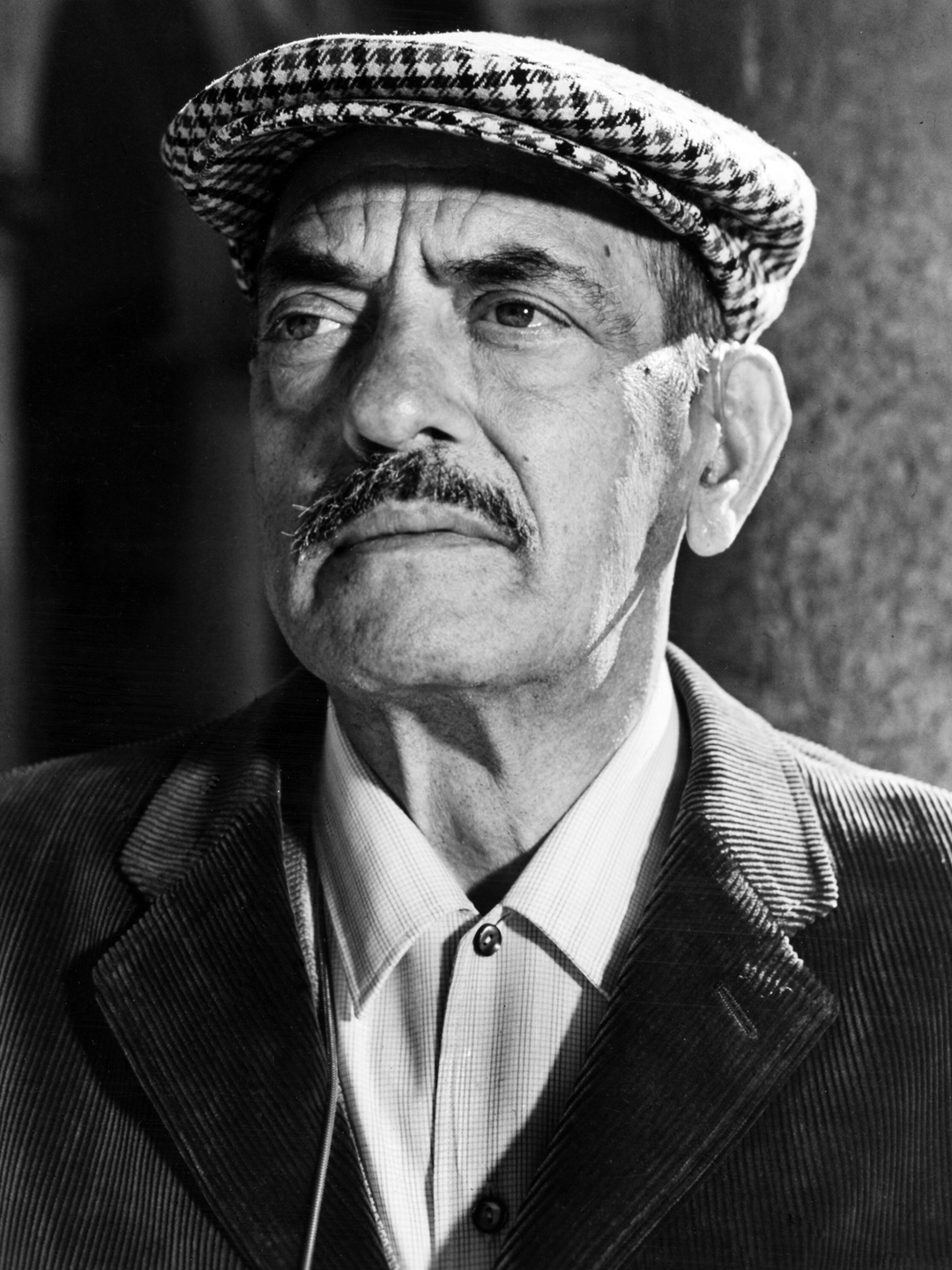
Luis Buñuel is a Spanish filmmaker who worked in Spanish and French cinema. He is an OG when it comes to surreal filmmaking. Buñuel’s themes relate to class struggles, the bourgeoisie society, religion, subversive thought and human desire.
Buñuel’s first film was Un Chien Andalou (1929) in collaboration with Salvador Dalí. It’s definitely surreal.
The film is made up of unnatural elements and incredibly weird imagery. For instance, there is a scene of ants crawling in someone’s palm and an eye being sliced with a razor. The cut eye is one of the most iconic scenes in film history as it is pretty experimental and disturbing. Un Chien Andalou intentionally doesn’t have much reason and is made up of a series of dreams from both artists.
Buñuel is a master of symbolism and surreal humor. Learning about him inspired me to appreciate intentional elements that guide and help elevate the story even more. Some of his French films that I’ve watched include L’Age d’Or (1930), The Milky Way (1969), Belle de Jour (1967), The Discreet Charm of the Bourgeoisie (1972), The Phantom of Liberty (1974) and The Obscure Object of Desire (1977).

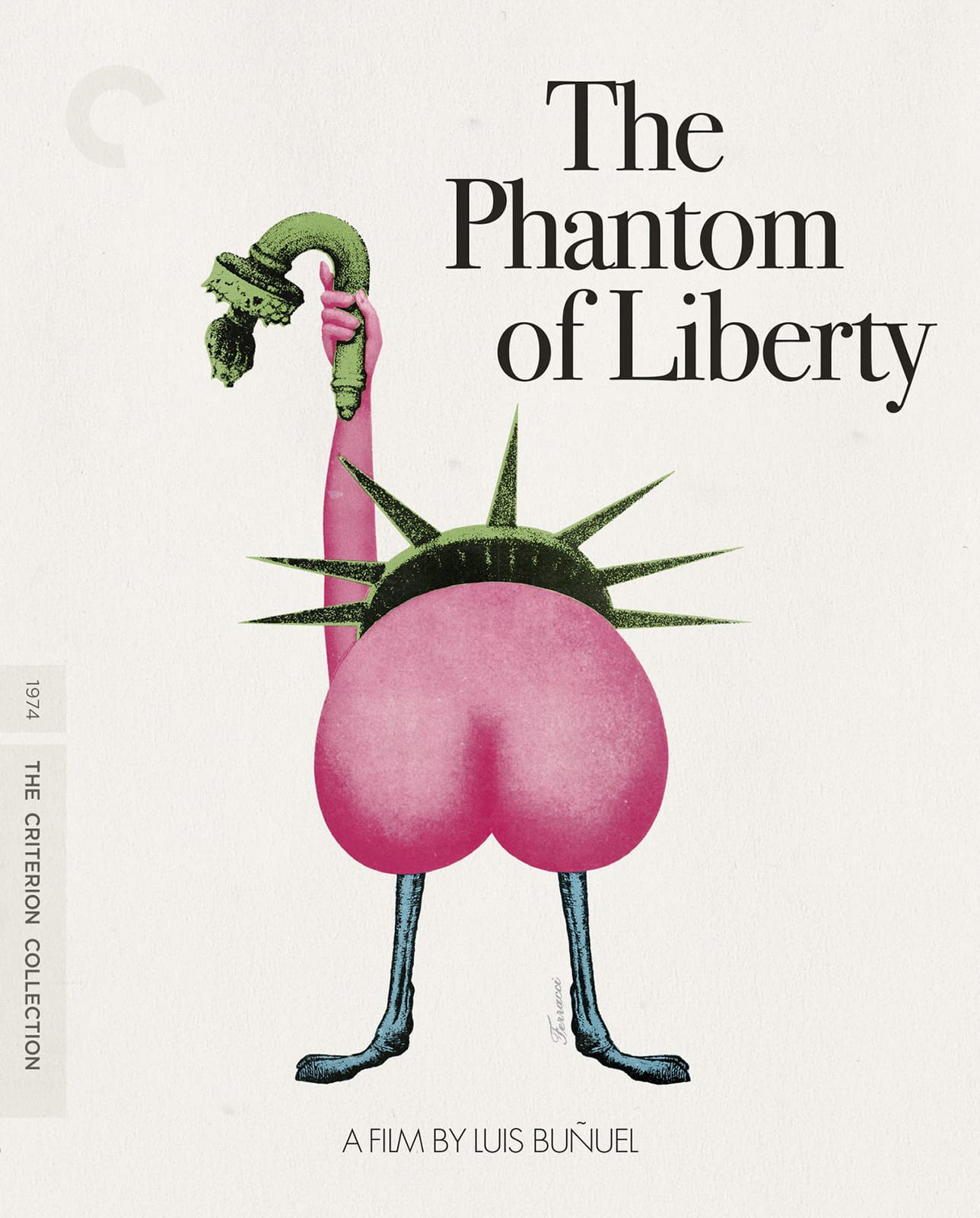
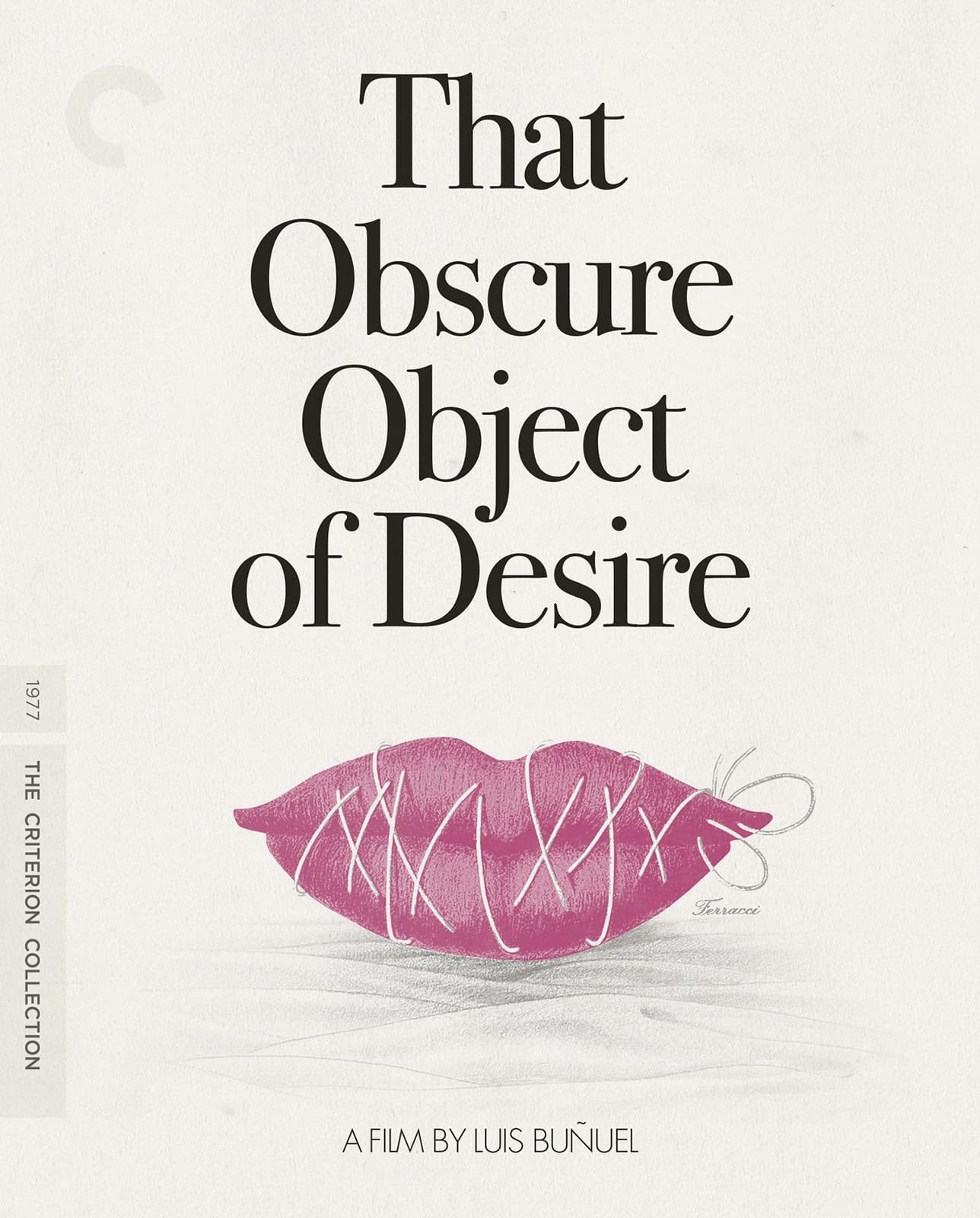
THE DISCREET CHARM OF THE BOURGEOISIE (1972)
There were three final films of Buñuel’s career - The Discreet Charm of the Bourgeoisie, The Phantom of Liberty and That Obscure Object of Desire. These different stories all share similar styles, humor and tones. To be honest, I was excited to watch these films based on the poster artwork alone. These French films are full of hypocritical displays, satirical moments and jabs at bourgeoisie culture. Like most of his works, Buñuel comments on religion, social stratification and power structures.
Winning an Oscar in 1973 for Best Foreign Language Film, The Discreet Charm of the Bourgeoisie was one of my first introductions to Buñuel. This film is a satirical commentary on bourgeois society. A group of high class friends continue to come together to eat, but are constantly interrupted. This film is all about the interruptions, internal and external. Some of them were so ridiculous, sad, subtle and odd that you had to question what was real and what was not. These interruptions included; having the wrong date, the death of a restaurant owner, a spotted terrorist, sex, infidelity, fear and guilt, a series of dreams, dreams within dreams, murder, the military, smoking weed, gangsters and more. The anxieties of this high class group lie in wanting to have their dinner party which helps to symbolize the minute worries of the privileged upper class.
Some scenes that really stand out are the dreams within dreams - the surreal elements. One iconic scene is when the group is invited to dinner and to their surprise, they end up on stage in front of an audience. The group is in shock and they are booed off stage for ‘not knowing their lines’. They leave immediately. This was intended to be a notion on the facade the elite put up. They do care how they are viewed and when the curtain is lifted there is nowhere to hide. Being caught off guard and booed off stage was a stab at their ego.
One of my favorite scenes is when the group makes dry martinis while waiting for their hosts. The main idea was to poke fun at ‘common people’ and how they don’t know how to properly drink a martini. While preparing the drinks, they call the driver out front and offer him a drink. He takes it like a shot, instead of sipping it. The bourgeoisie crew use him to make a point amongst themselves and further distinguish their class difference. Minutes later they are in a rush to leave and one of the characters finishes her drink by throwing it back and tossing the glass to the side without a care. It is the hypocrisy of the elite class, the refusal of seeing themselves like everyone else. It’s a small, subtle scene but remains memorable to me.
There are these repetitive sequences in which the six main characters walk down an empty road in silence. It is such a contrast from their normal routine of being driven around in fancy cars - it was meant to be pretty surreal to the narrative. I really liked these scenes. I thought they were so aesthetically pleasing and it was a smart way to break up the film.
There is so much symbolism and interpretation within this film. I think overall it was educational for me to see surrealism used in a more subtle way. The surrealism is a lot less in your face than I was used to, but it lies in the way reality becomes unclear. There is some repetition to the pattern of reality to dream and dream back to reality, to the point where you’re kind of just anticipating to find out if a scene is real or not. Honestly, this was a very different style of film for me and I spent most of the time trying to figure out what the purpose of each scene was and make sense of it all.
The film is full of hypocritical displays, satirical moments and jabs at bourgeoisie culture. Like most of his works, Buñuel comments on religion, social stratification and power structures.
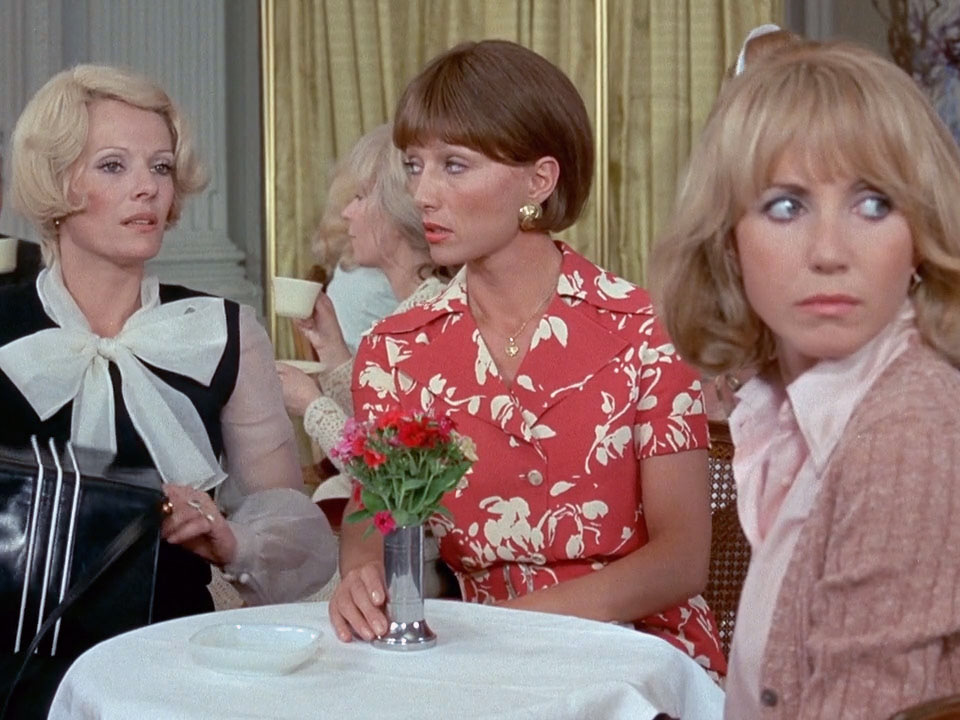
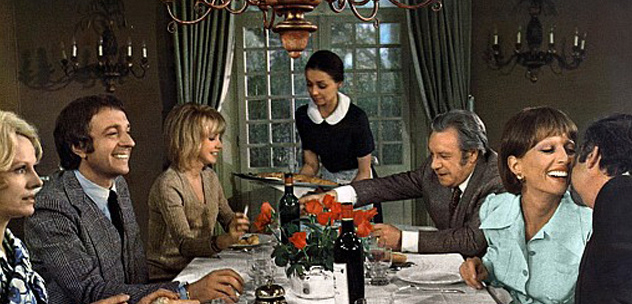
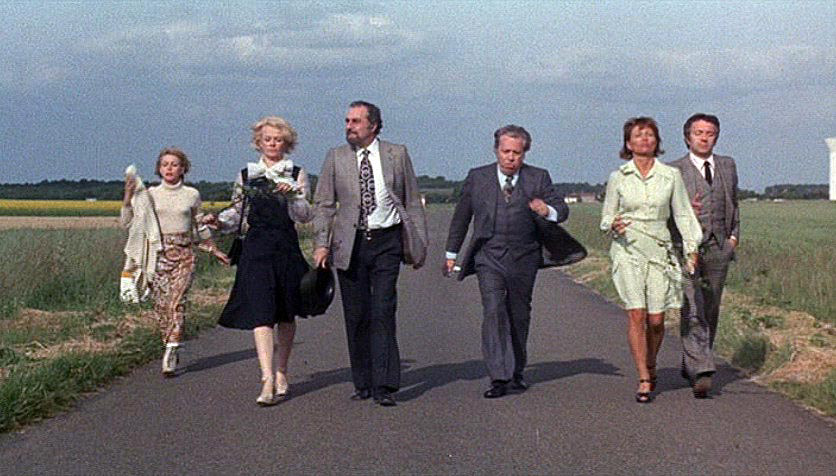
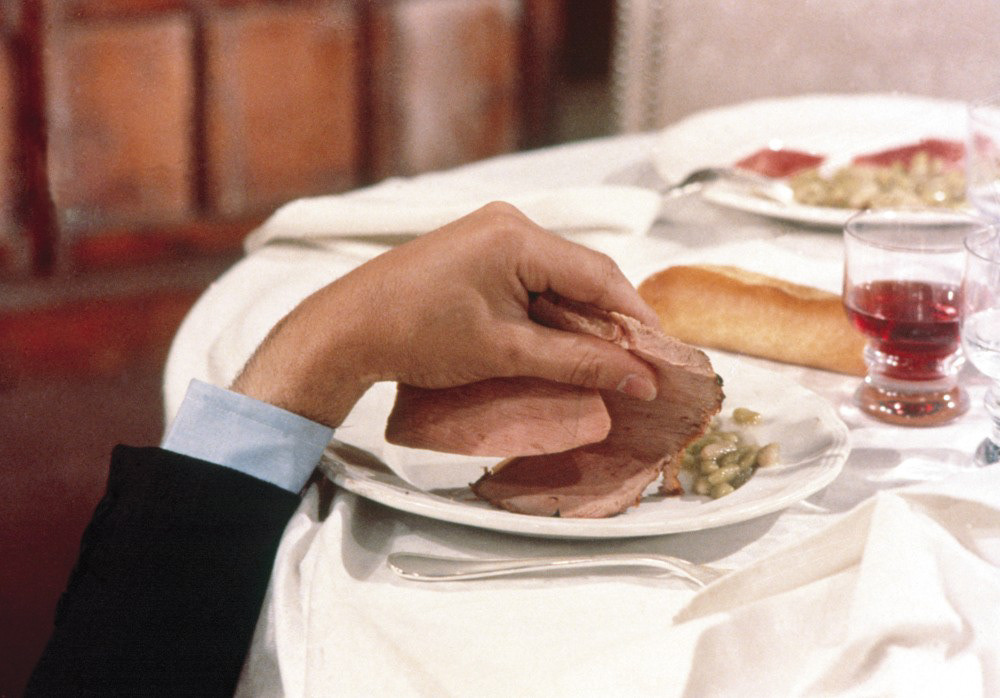

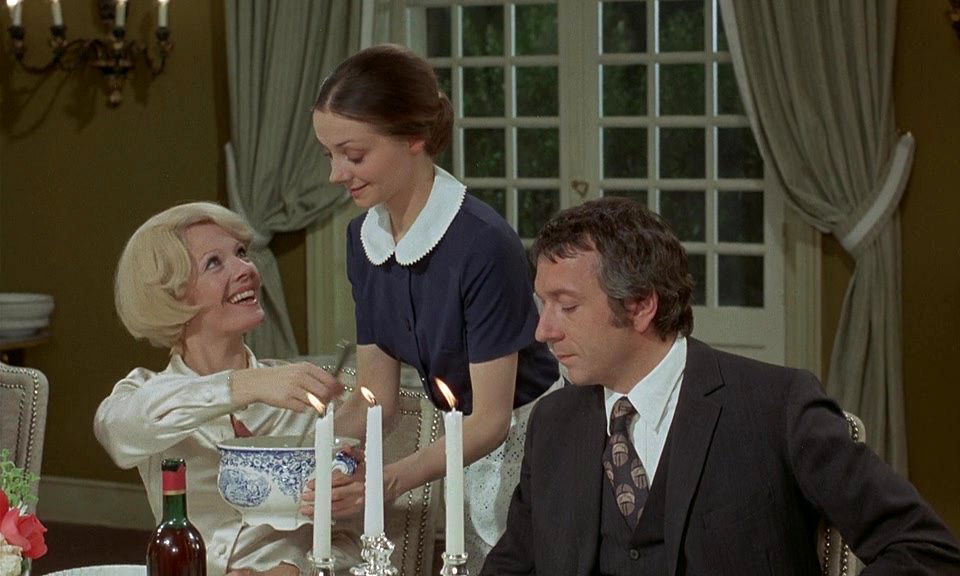
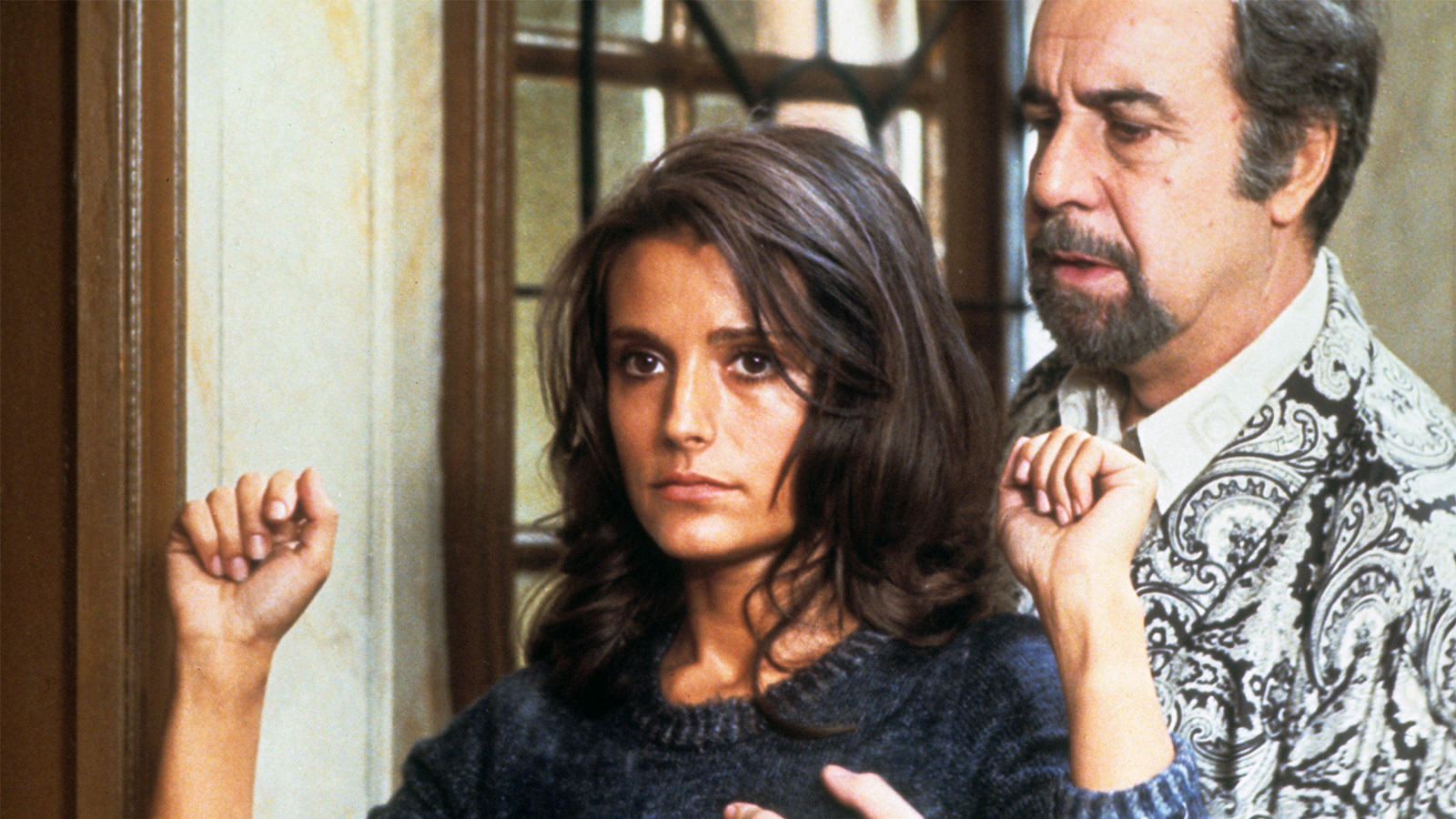
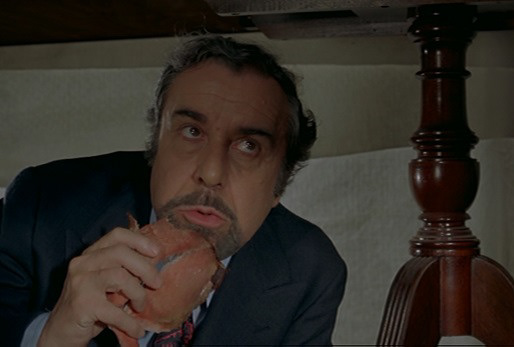
THE PHANTOM OF LIBERTY (1974)
The Phantom of Liberty is very non sequitur, very Buñuel. This film is filled with interpretation and symbolism. It’s plotless and the focus changes frequently with new subplots and characters. Each person has a chance encounter with another that leads to a new storyline. It’s pretty cool. In the beginning, a character says that he is ”fed up with symmetry”. This is reflective of the film’s story structure. The film itself is untethered - free from organization, clear resolutions and expected order. The Phantom of Liberty tells itself and goes in whatever direction it wants to. Things just happen and we move onto the next thing, without returning to or caring for what happened before.
Buñuel uses surrealism to say things without saying them. There are many weird, backward and uncanny scenes that help point out the main idea: that the assumptions and thoughts we have about things are shaped by our society and learned culture. Do we really have liberty if we all think the same and fail to question the systems, norms and attitudes put into place? Who decides what is taboo and appropriate? Does liberty really exist or is it an illusion?
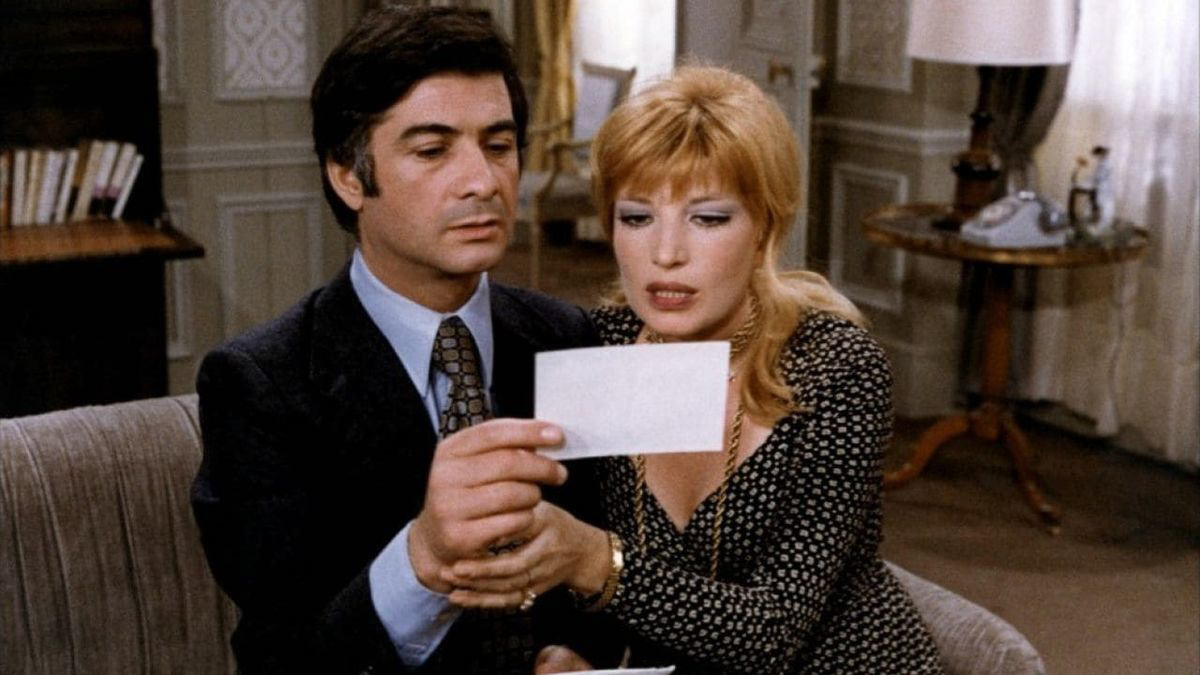
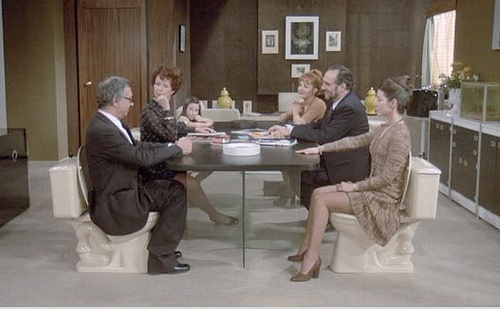
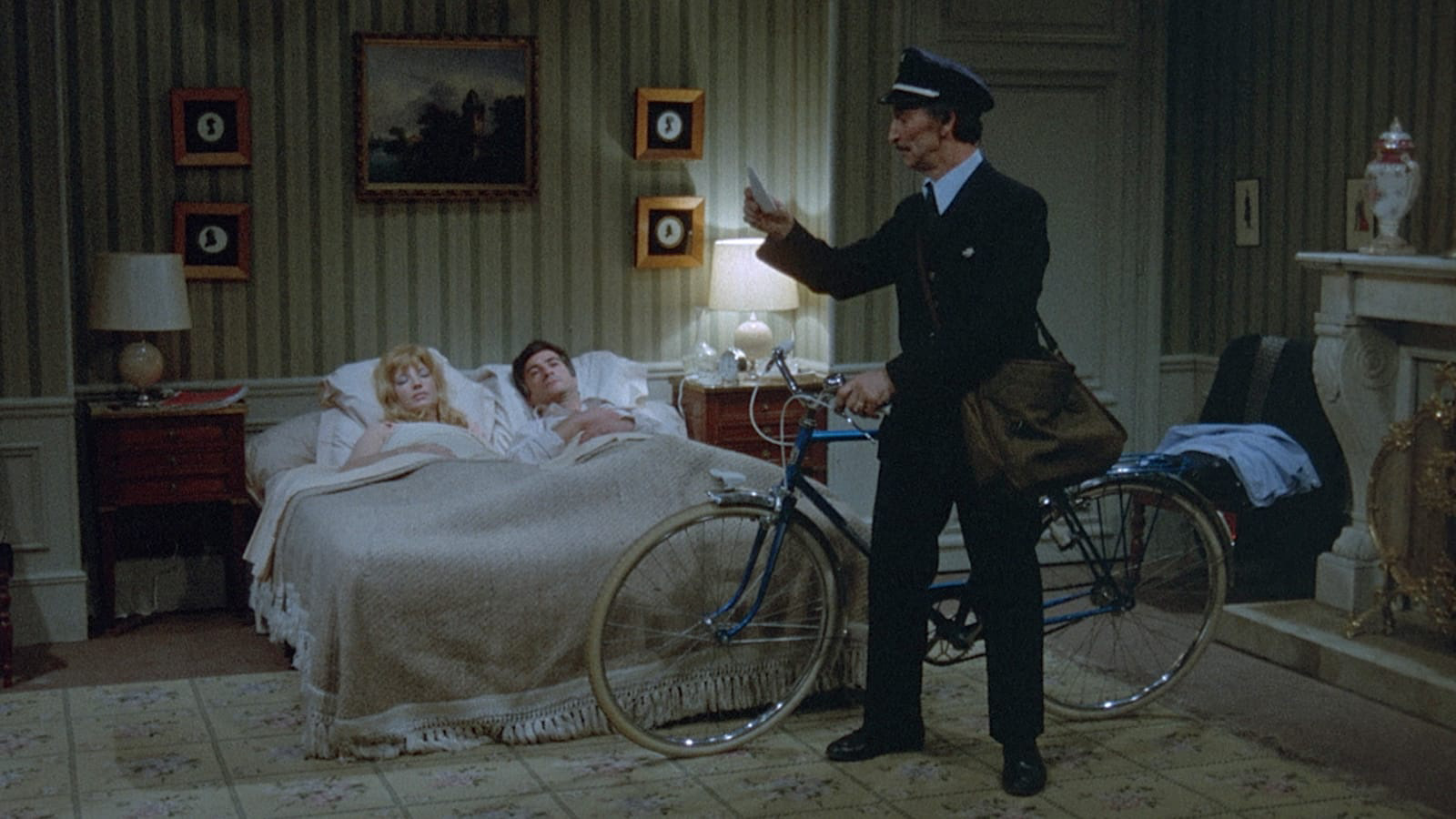
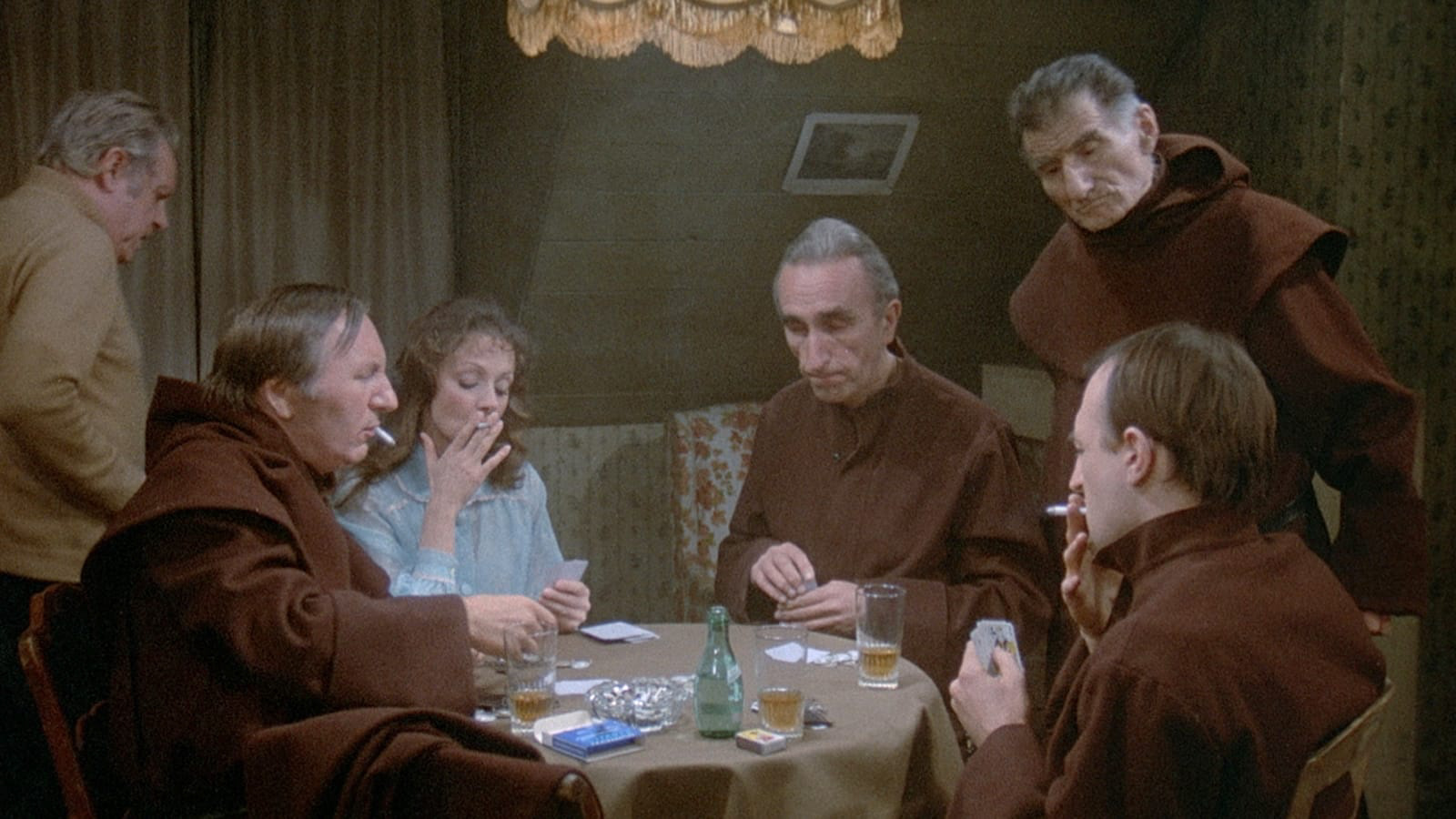
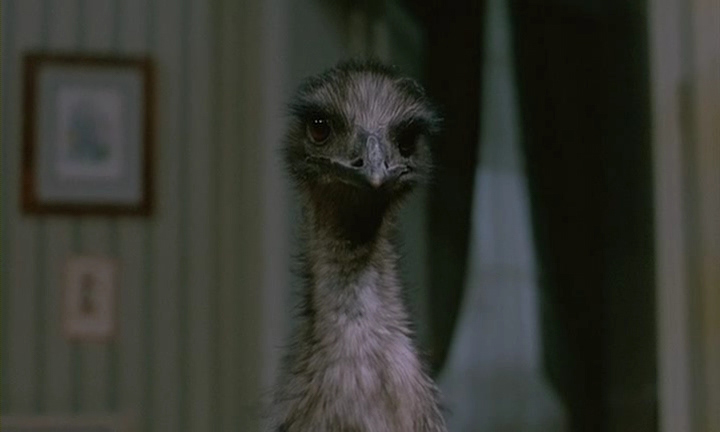
Some scenes I want to point out:
In the beginning there is this guy who seemingly acts like a pedophile and gives an envelope of pictures to some girls at the park. He tells them not to show any adults and the whole thing is really sus. When the girl's parents look at the photos, they are so upset and even become aroused while examining them. The audience is thought to believe the pictures are erotic and sexual, but they are photos of landmarks and buildings. This was intended to be one of those ‘Aha! You have a dirty mind’ jokes and I guess a commentary on what is said to be taboo in our society - buildings versus bodies.
There is a scene with a girl who is “missing” (she is in the scene the whole time) and her parents file a police report to help find her. The police even talk to the girl and ask her questions in order to fill out the missing persons description. The whole thing was absurd and kind of annoying to watch, not gonna lie. This was a personification of things being right in front of you and still not being able to see them - like the tv remote or your car keys. Buñuel described how he would often overlook where he left his lighter and it would be right under his nose.
This one scene is short, but one of the more impactful ones to the thematic nature of the film. A group of people come together and sit at the dining room table…on toilets. When the characters excuse themselves, it is to eat in a private room. This swapping of two normal things we must do - eat and use the bathroom, is to show how our society has shaped us to believe what is appropriate and inappropriate in private / public. Most of us agree it’s appropriate to use the restroom in private, but ask yourself why? Are we not taught to think this way?
There are a bunch of small details and other popular scenes such as a doctor offering a patient a cigarette after telling him he has cancer, a sniper being praised after killing innocent people, monks playing poker, a moving statue and a separate plot about the treatment of animals.
This film plays with conventional morality and finds ways to contradict our expectations - whether that be how we think the story is going to go, or by the characters’ actions. Some scenes are weird for the sake of being weird. The Phantom of Liberty’s meaning is in the title; liberty is elusive, there is no substantial existence. I think the intention in a lot of this was to get a reaction from the audience and to force us to think about our own expectations and where they come from. Why do we believe what we believe and why do we do what we do? Buñuel is not saying our customs or beliefs are wrong with his dramatized inappropriate displays, but instead showing in a surreal satirical way how arbitrary many things can be.
THAT OBSCURE OBJECT OF DESIRE (1977)
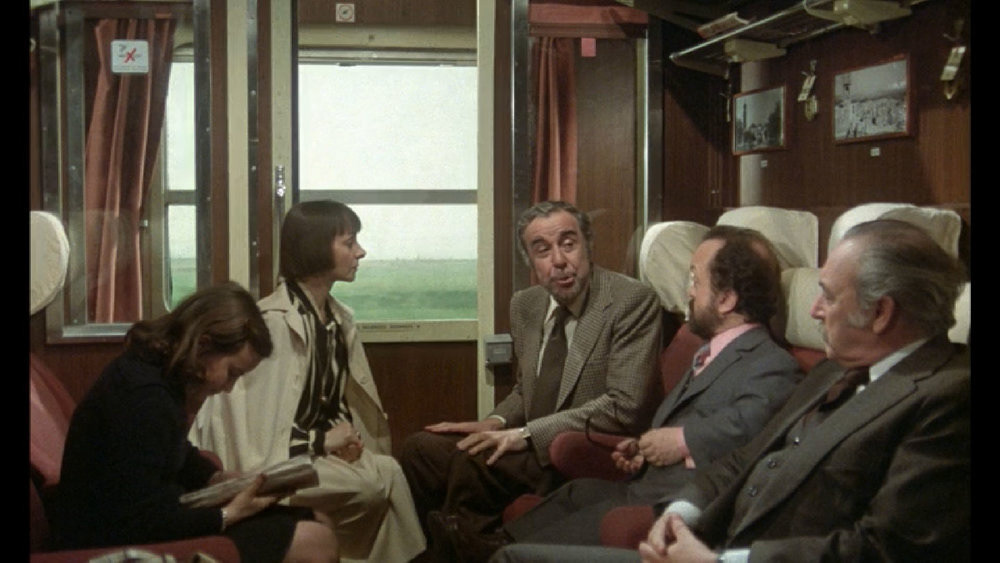
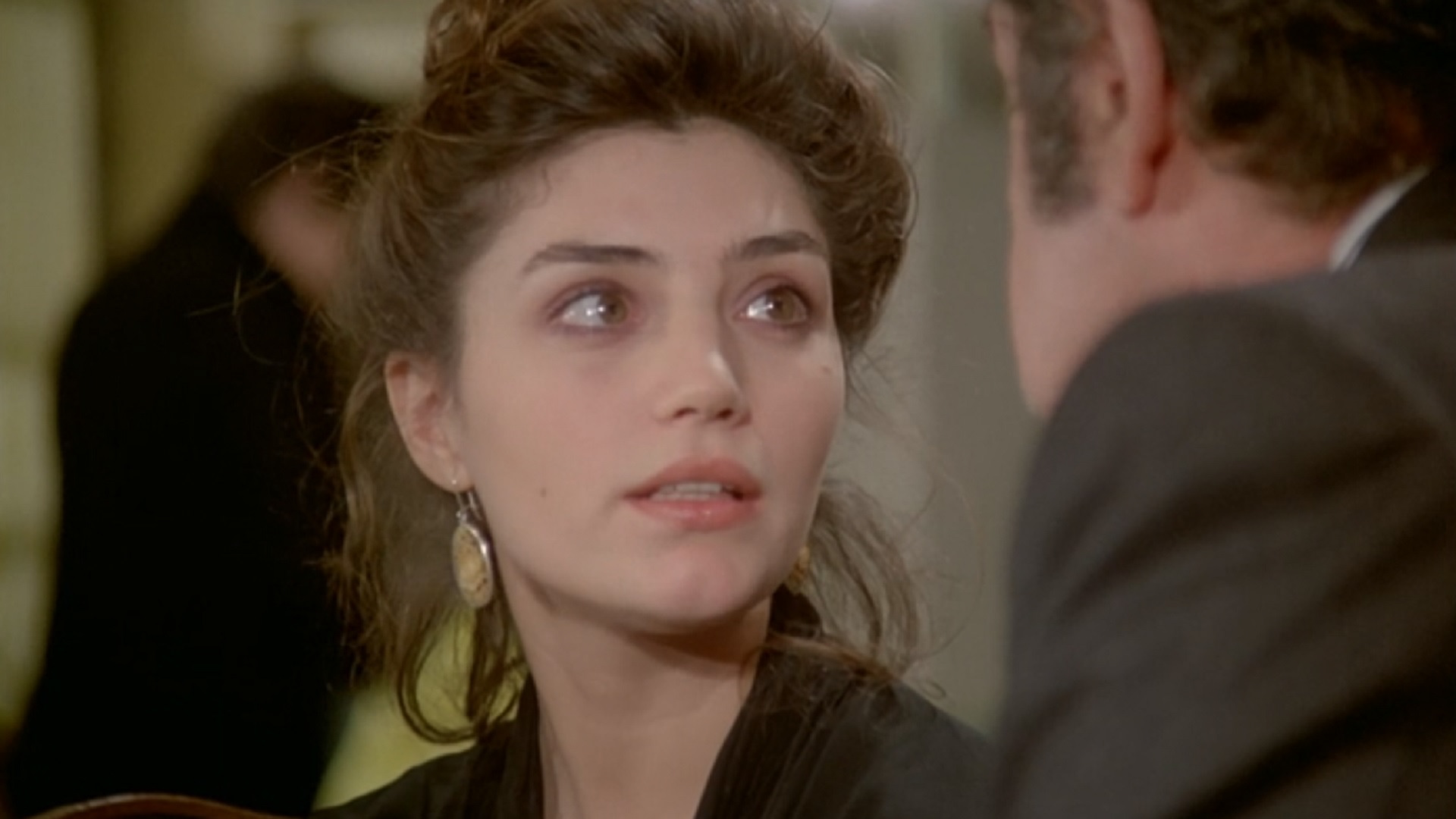
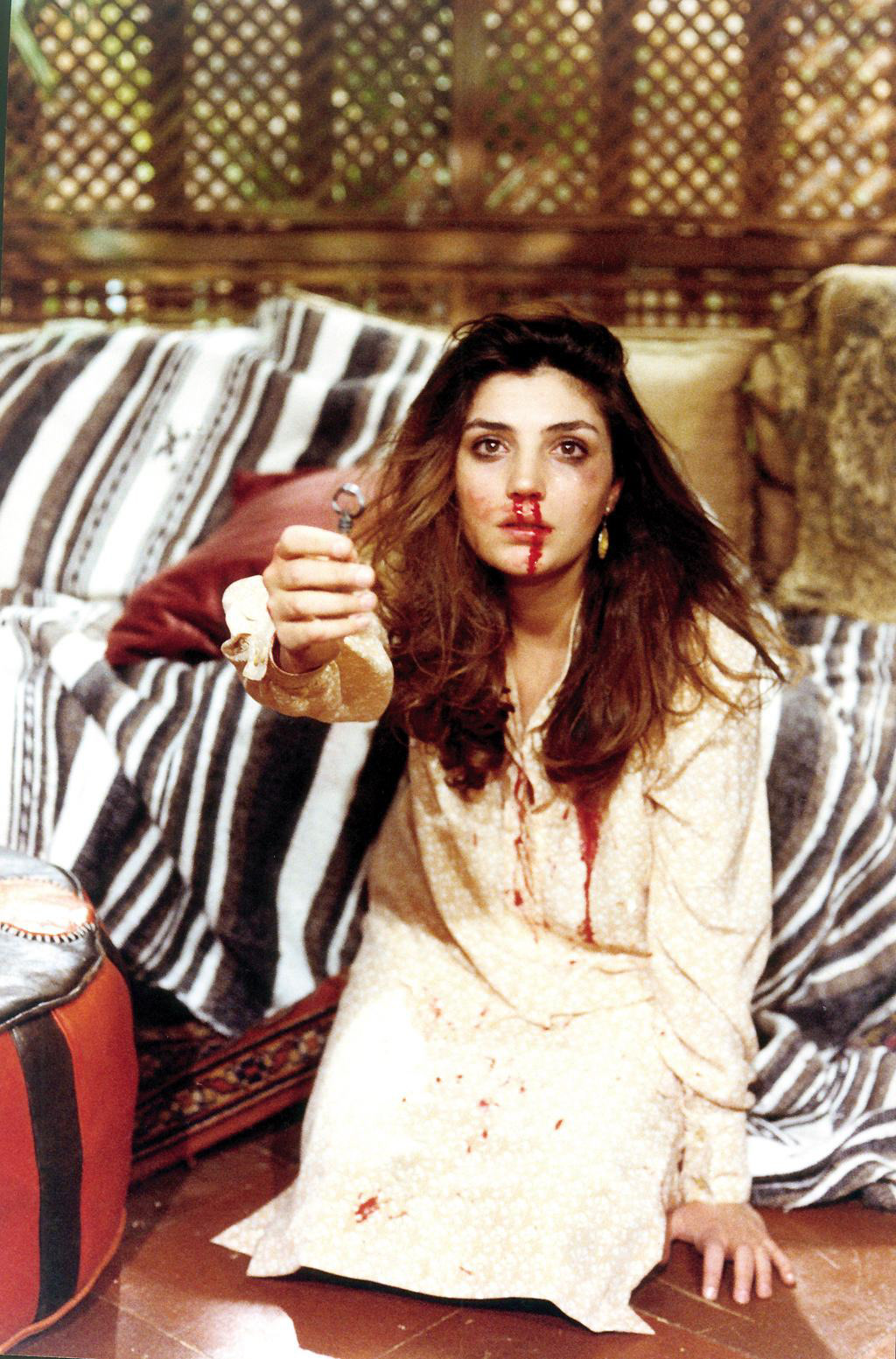
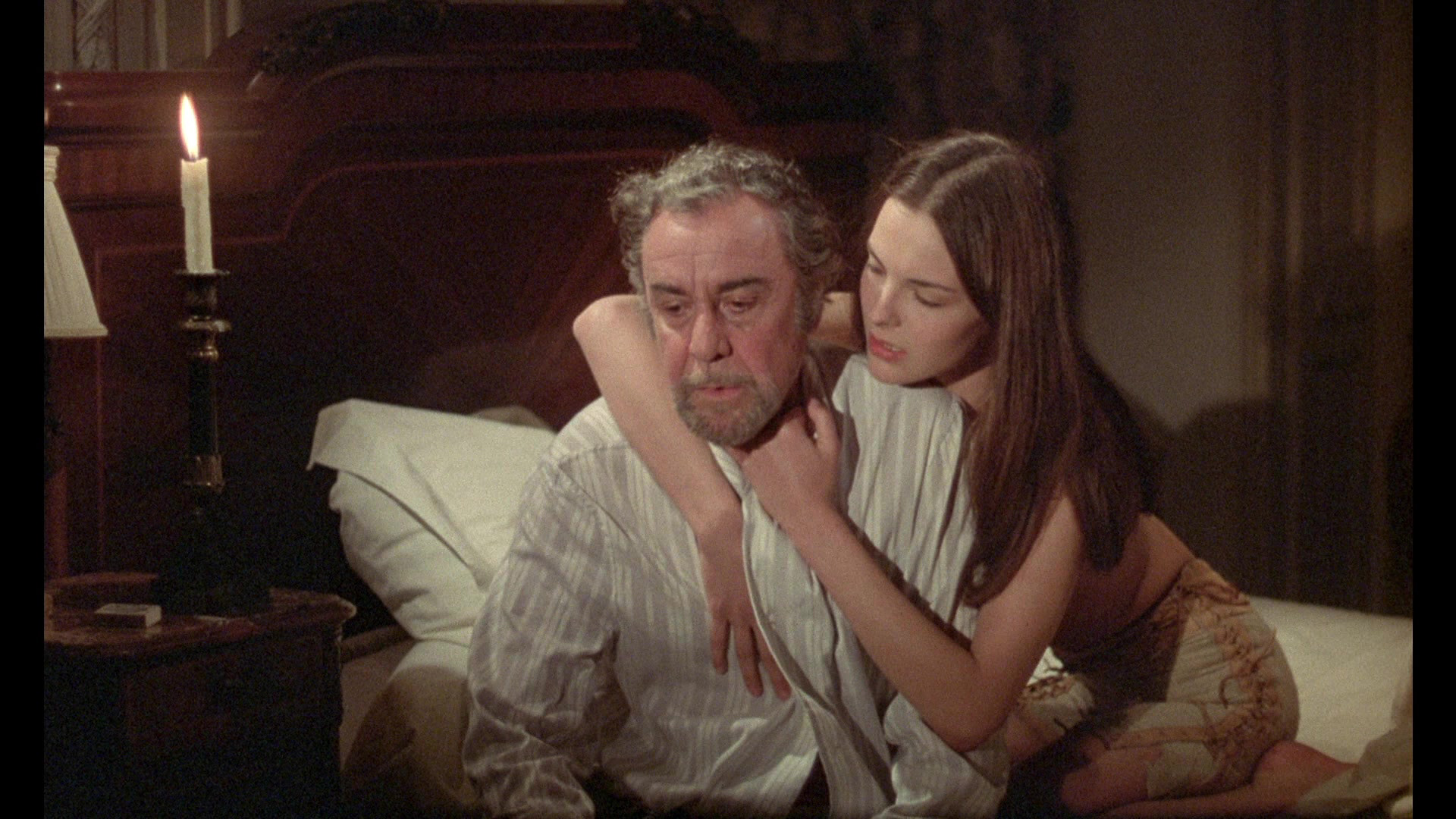
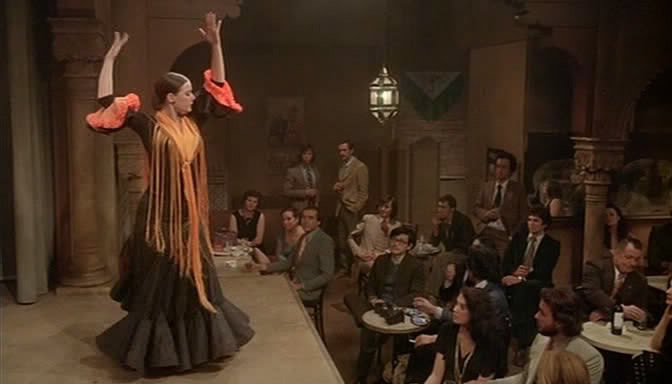
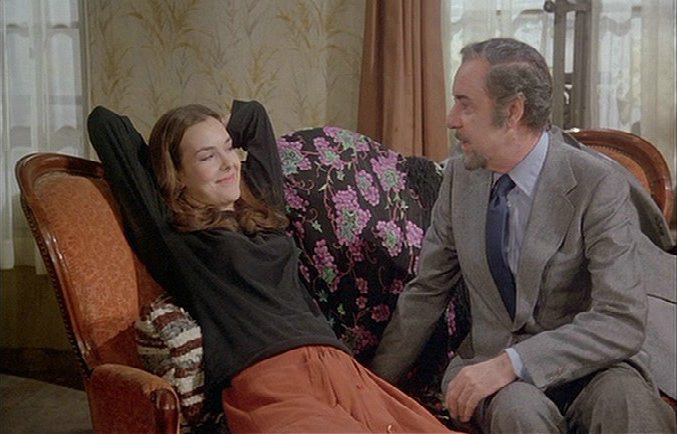
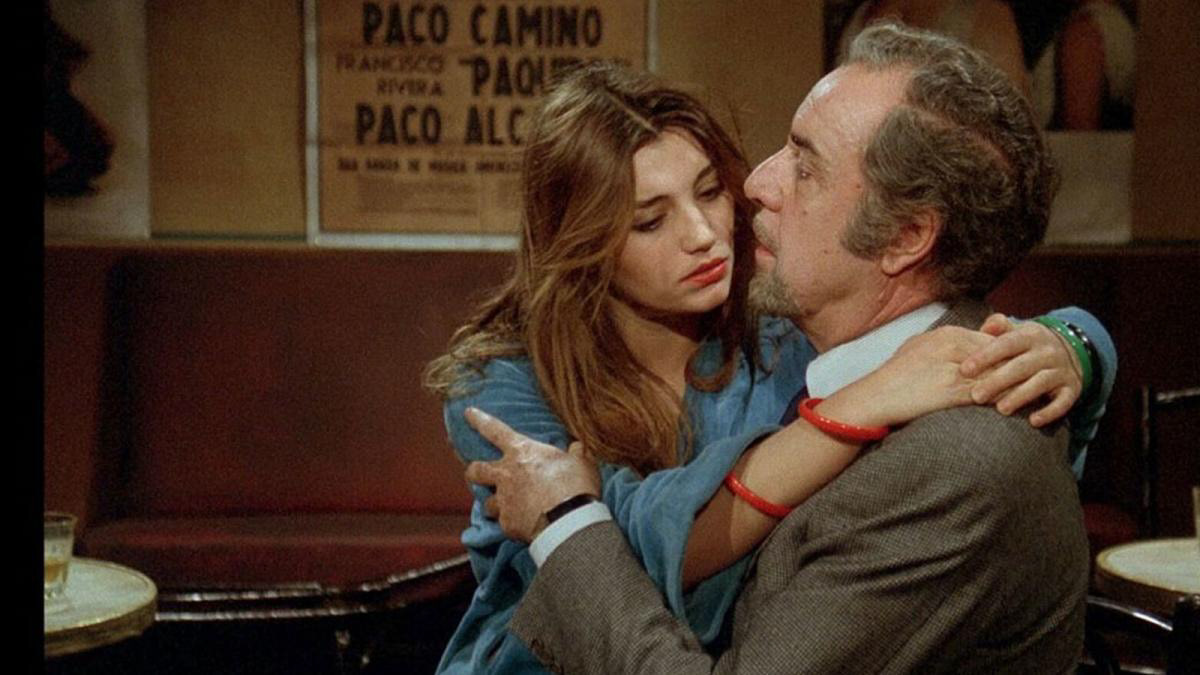
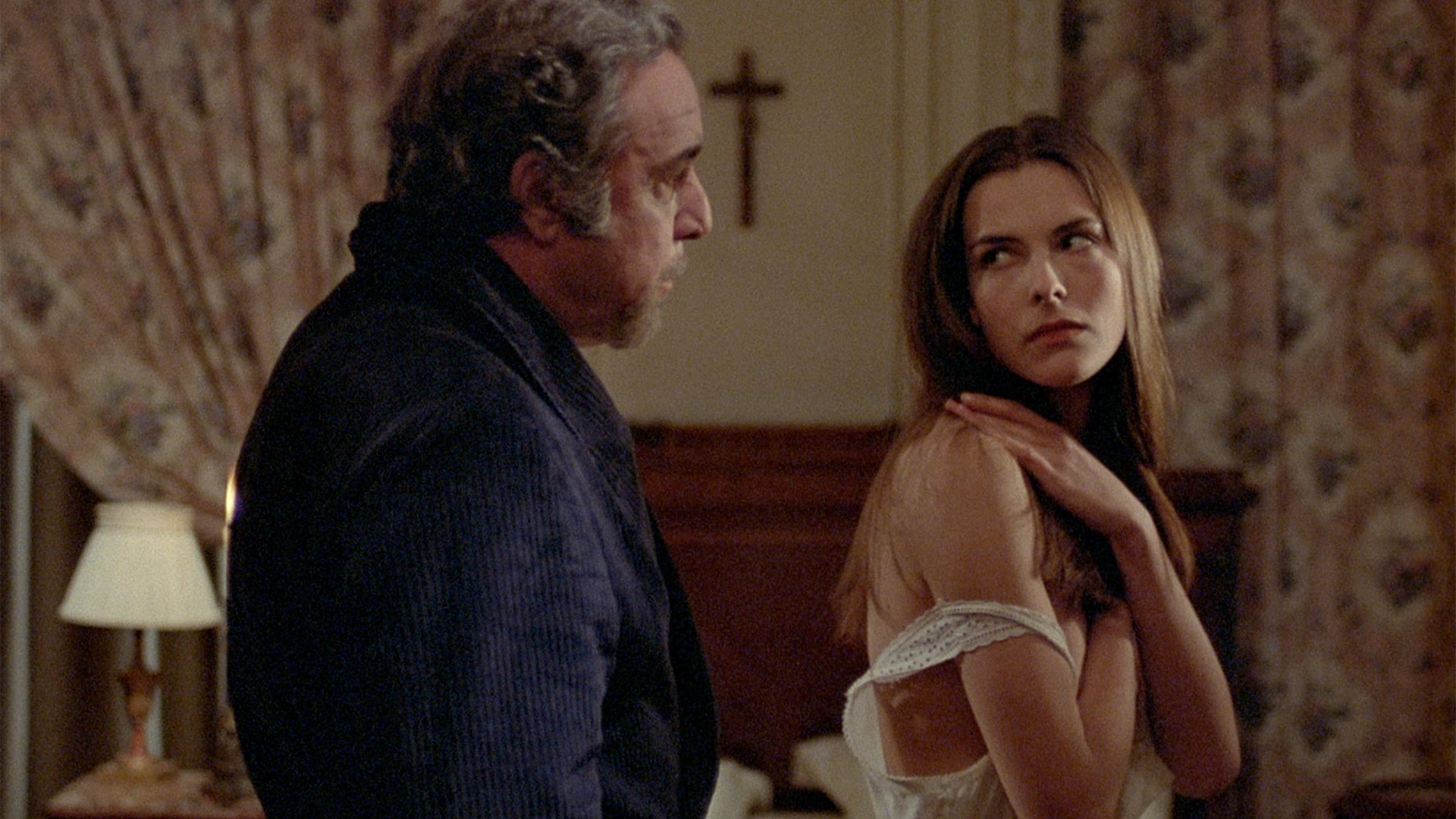

A wealthy aristocrat, Mathieu (played by Fernando Rey - Buñuels proclaimed ‘alter-ego’) talks to some passengers on a train about his latest encounter with a woman he called, Conchita. He was in severe lust for her and she continues to toy with his emotions. Buñuel’s final story is all about the dark side of desires, sexual tension, tease and deceit.
Something very obvious and equally intriguing about this film is the use of two different actors for the main character, Conchita. To be honest, when the swap first happened I wasn’t convinced they were different actors. But, it kept happening. Buñuel kept everything in the story the same and switched between the two women - a refined French girl, Carole Bouquet and a sensual Spanish baddie, Angela Molina.
Buñuel used the doppelgängers to show the ambiguity and duality of Conchita’s character. This was a visual personification of the woman Mathieu thought she was, and who she really was. It also helped to show her deceit and just how blind Mathieu was to his own desire for this woman. This was a pretty surreal element of the film that was both clever and original.
Throughout the film, Conchita refuses to satisfy Mathieu as he continues to try and win her over with his wealth, power and promises of a good life. He treats her like an object, something to be won over and gets frustrated when he doesn’t get his way. She plays hard to get and accepts Mathieu’s offers and gifts but never gives him what he really wants, her. She repeats “I don’t belong to anyone. I belong to myself.”
Mathieu is unable to stop thinking about Conchita, no matter how deceitful she is to him. Their toxic situationship grows more violent and pitiful. It is clear Conchita is involved with another man and is using Mathieu as a pawn in their schemes. Mathieu is really set over the edge after he is locked out of the house he buys for her and is taunted as she has sex with her boyfriend at the front door. Nah, it’s actually wild.
In the end, Conchita goes back to Mathieu and tries to play off her antics as a joke and convinces him once again that he is the one she wants. This constant back and forth gets so exhausting, you don’t even feel bad for Mathieu. The ending scene has a lot of symbolism as the two are shopping in a market and watch a woman sew in a window. They walk away and in a terrorist act, an explosion fills the screen. There is nothing more to Conchita and Mathieu’s story so we don’t get a solid conclusion on their relationship.
A main motif of this film shows the dark side of desire and how it can ruin you. Many can relate to the feeling of wanting something or someone that is pure tease. People we desire can use it against us.
It’s a provocative, thought provoking film. Buñuel definitely ended his career on a high note.

